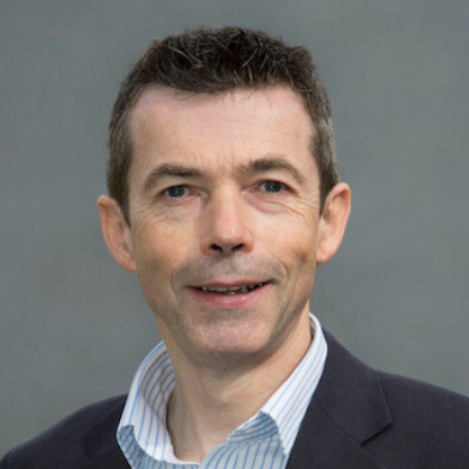Measure What Matters
Track the full carbon footprint across Scope 1, 2, 3, including FLAG emissions.
Reduce Emissions
See where emissions come from and identify the biggest opportunities to cut them.
Future Proof
Prepare your business for CSRD, climate targets, and market access with data you can trust.




The Swine Challenge
Sustainability is no longer optional in the swine industry. It’s becoming the foundation for continued growth, market access, and public trust. Across Europe, pork producers are under increasing pressure to align with environmental goals, meet regulatory expectations, and respond to consumer and retailer demands for cleaner, more responsible food systems.
The challenges are multi-layered. Feed production is the largest source of emissions, yet often lies outside the direct control of pork producers. At the same time, manure handling remains a major concern, with strict local limits aimed at preventing nitrate runoff and ammonia pollution.
With EU policies like CSRD and the Deforestation Regulation taking effect, swine companies must now measure and report emissions, including Scope 3 (FLAG) impacts from feed and farm operations. For many producers, this adds financial and operational strain, especially where reporting systems are not yet in place.
To move forward, pork producers need tools that help them collect, calculate, and communicate sustainability data with confidence. Knowing your emissions baseline, improving nutrient management, and streamlining reporting are no longer just technical upgrades. They’re the first steps to identifying cost-effective ways to cut emissions, reduce waste, and future-proof your business.
Sustainable Pork Is No Longer Optional
Why climate, compliance, and markets demand action now
Efficiency Pressure
Feed waste and unmanaged manure are driving up costs and emissions. Processors face growing pressure to adopt biogas and precision feeding, or risk falling behind on both margins and climate goals.
Market Expectations
Retailers and buyers are raising the bar. Pork suppliers are increasingly expected to demonstrate climate targets, traceable feed, and reduced antibiotic use, especially as Europe moves toward CSRD.
Rising Compliance
Environmental regulations are tightening. The Industrial Emissions Directive and Nitrates Directive now apply to more farms, requiring modern nutrient management, emissions tracking, and verified mitigation, or risking shutdown.
How Do We Solve This Challenge
How ODOS brings structure, science, and strategy to your sustainability journey.
Collect Data Remotely
We gather data from existing records, satellite imagery, and predictive analysis. No site visit needed, no delays, and no extra cost for your team or farmers.

Track Biodiversity From Space
Using high-resolution remote sensing and our habitat-scoring algorithm, we measure land-use change on your farms.
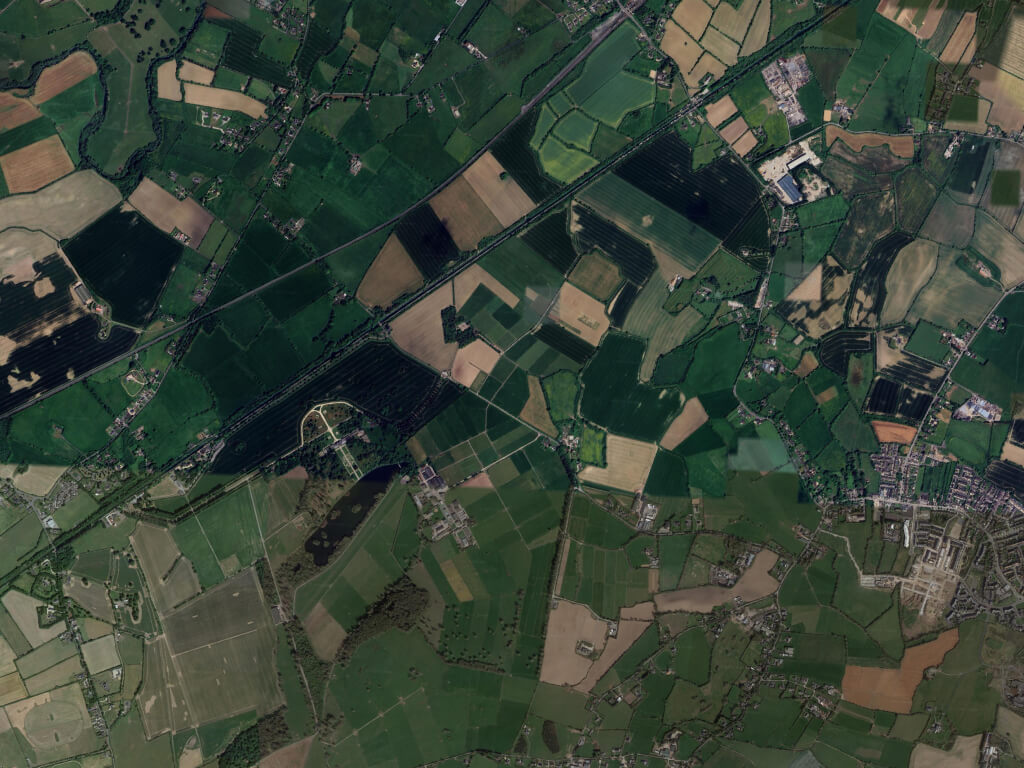
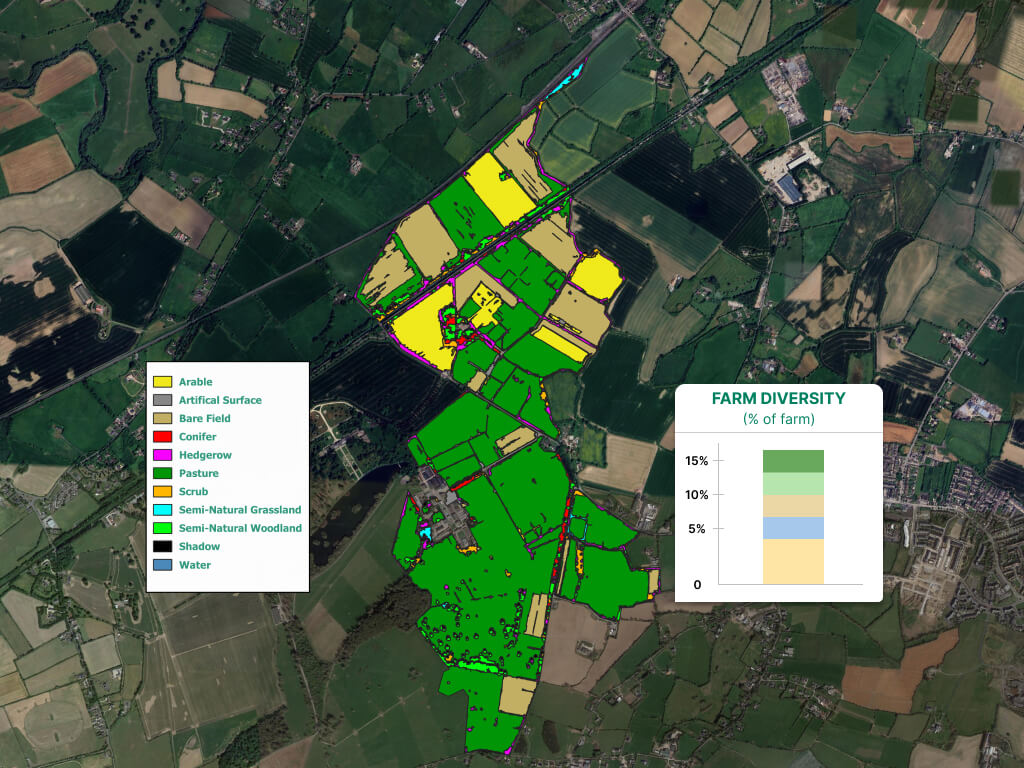
Expose Hidden Emissions
We track emissions across energy, packaging, transport, and farming inputs (scope 1-3).
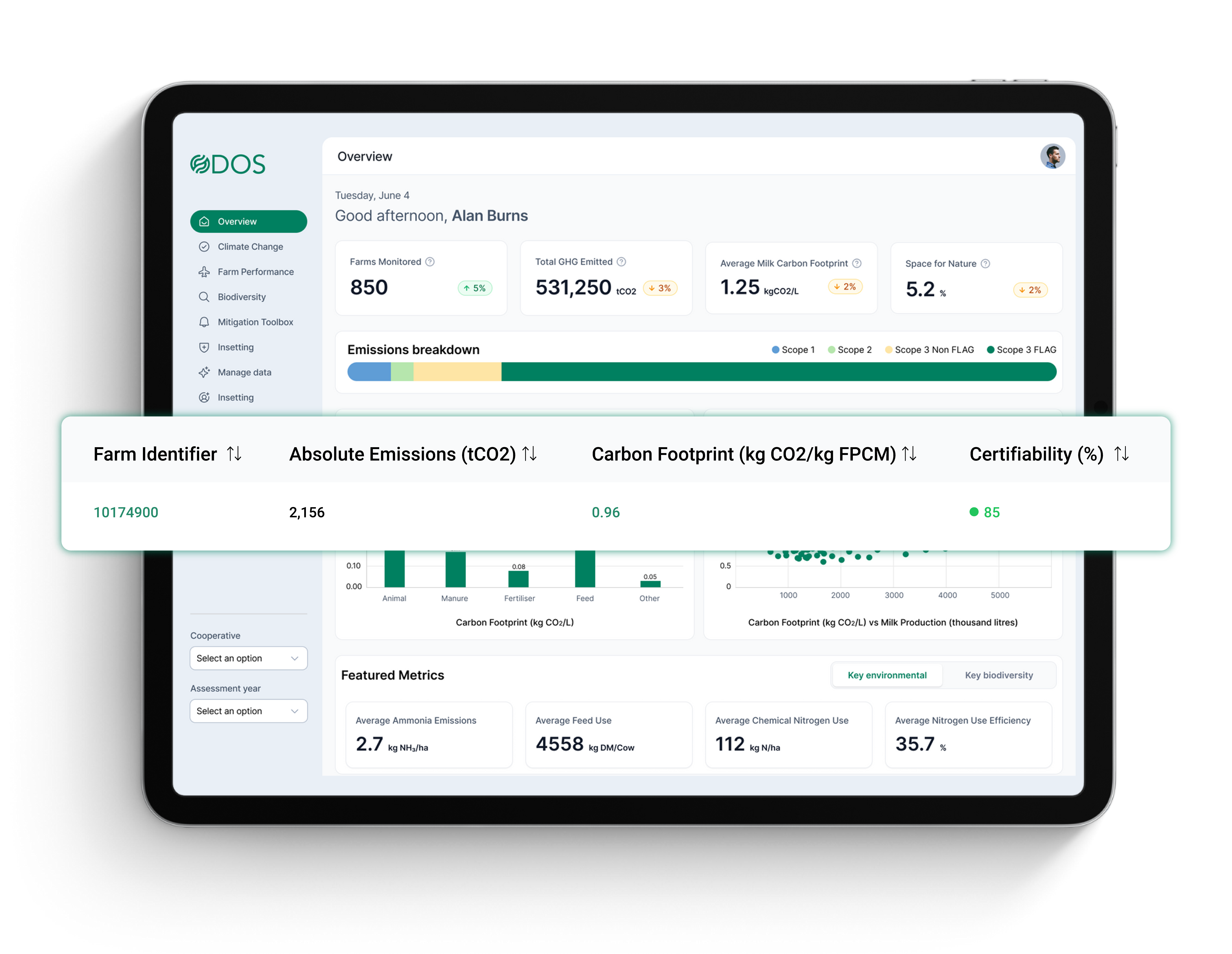
Reduce Emissions
View all data in one place. Act on results with mitigation and insetting strategies tailored to your pork farms.
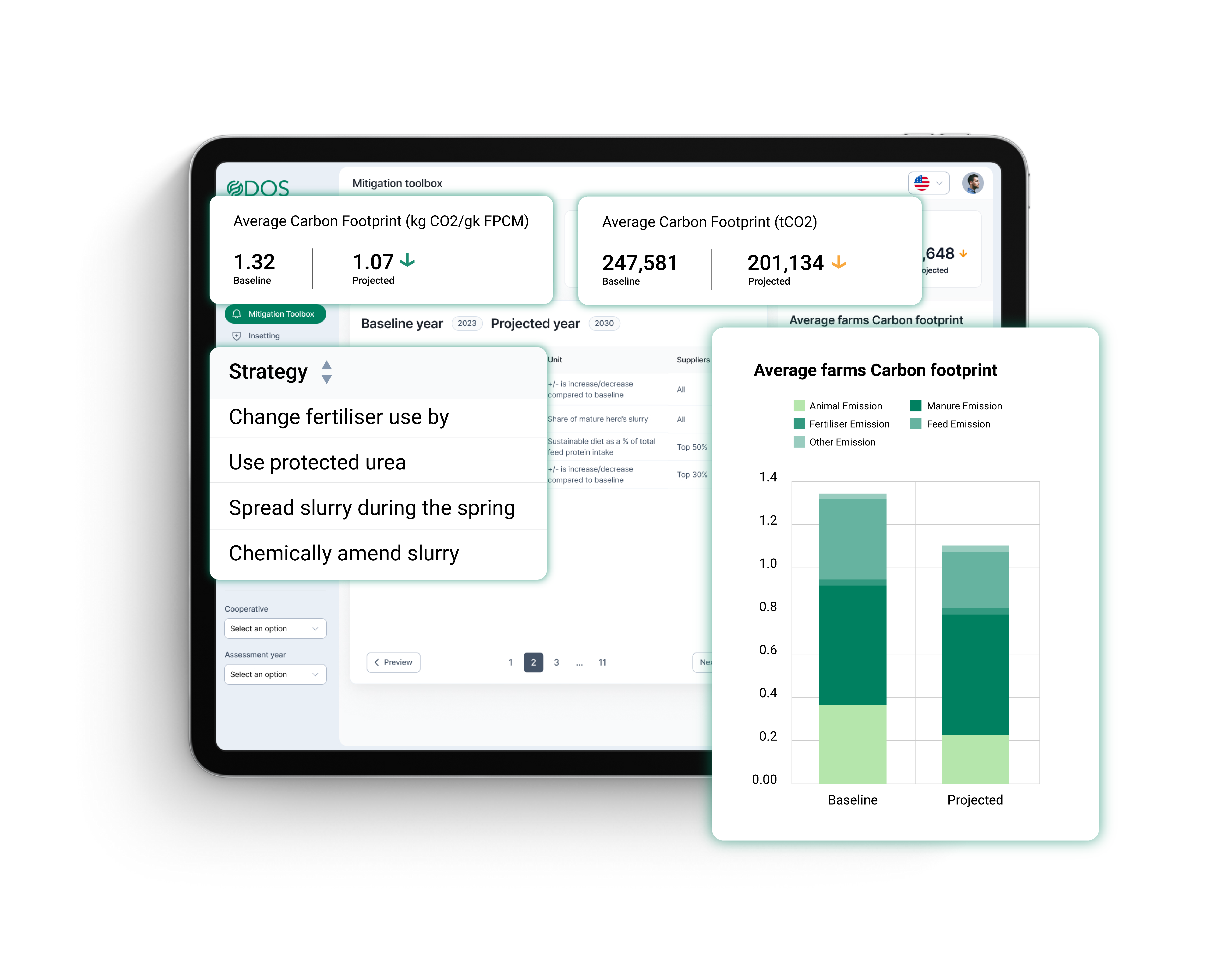
Who We Work With:







Trusted by Europe's Leading Producers
Hear from leading cooperatives we've helped measure, manage, and reduce their environmental impact.
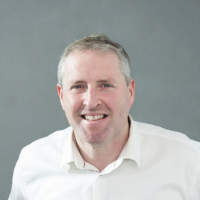
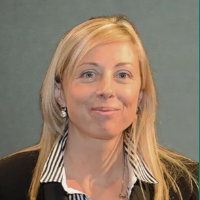
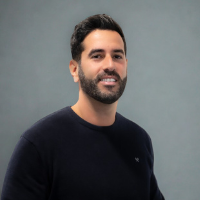
"ODOS enabled us to understand exactly what is happening on our farms. With their customized solutions for emissions and biodiversity analysis, they not only found hidden potential but also showed us how to unlock it. Thanks to the strategy developed by ODOS, we are a huge step closer to reaching our sustainability goals.”
Next Steps with ODOS
Collect Data
We gather data from existing records, satellite imagery, and predictive analysis. No site visit needed, no delays, and no extra costs.
Collect Data
Design Models
We transform raw data into actionable insights and build models that help optimize impact, efficiency, and sustainability across your operations.
Design Models
Pilot
We run a 3-month pilot using 5% of your supply chain to validate infrastructure, test assumptions, and calibrate real-world performance.
Pilot
Insights
We give you access to a smart dashboard with mitigation and insetting strategies, built for compliance, credibility, and scalability.
Insights
Collect Data
We gather data from existing records, satellite imagery, and predictive analysis. No site visit needed, no delays, and no extra costs.
Design Models
We transform raw data into actionable insights and build models that help optimize impact, efficiency, and sustainability across your operations.
Pilot
We run a 3-month pilot using 5% of your supply chain to validate infrastructure, test assumptions, and calibrate real-world performance.
Insights
We give you access to a smart dashboard with mitigation and insetting strategies, built for compliance, credibility, and scalability.
Frequently Asked Questions
Pig farming’s carbon footprint comes primarily from feed production, manure emissions, and energy use. Technologies like biogas digesters, precision feed management, and digital sustainability platforms like ODOS can significantly lower these emissions by optimizing farm inputs and outputs.
LCA in swine farming evaluates environmental impacts from feed cultivation to pork processing. It helps companies identify hotspots, like soy sourcing or manure storage, and adopt more sustainable practices across the supply chain.
Sustainable pig farming protects water and air quality, reduces greenhouse gases, and ensures food security. It also aligns with EU regulations and growing retailer demands for verified environmental practices in meat sourcing.
Producers can comply by adopting manure management systems, switching to deforestation-free feed sources, and using real-time monitoring tools like ODOS to report and reduce environmental impacts.
Biogas systems convert pig slurry into renewable energy, reducing methane emissions and providing a circular economy solution. Campofrío’s Biogasnalia plant is one example, cutting 2,400+ tons of CO₂ annually.
Key technologies include carbon footprint tracking software, feed efficiency tools, solar-powered farms, and precision livestock farming systems. ODOS integrates these into a single platform for measurable impact.
Feed is the largest input in swine production. Using local, certified deforestation-free soy and improving feed conversion efficiency reduces environmental harm while cutting costs.
ODOS provides digital tools to measure, report, and reduce emissions, improve supply chain transparency, and comply with sustainability regulations. We turn ESG data into cost-effective actionable business value.
Ready to drive sustainability in swine?
Talk to our Carbon Footprint & Biodiversity experts on how you can start your journey.

